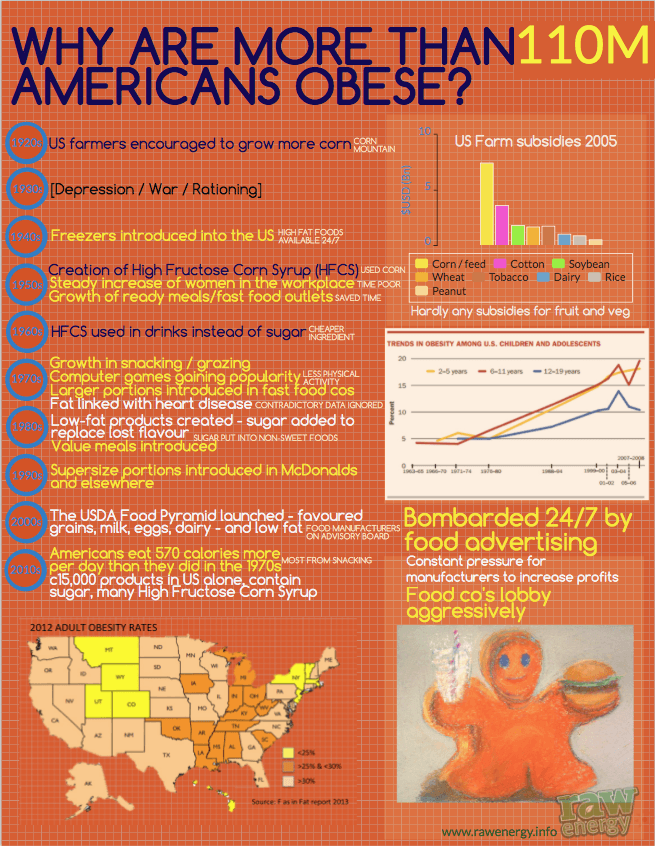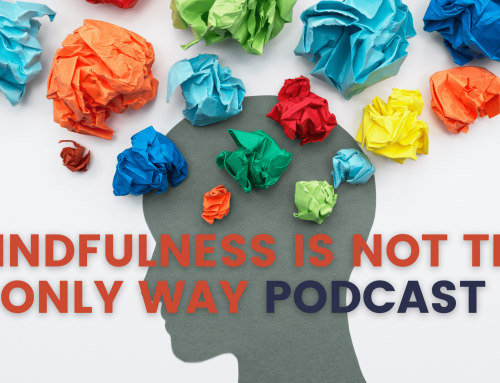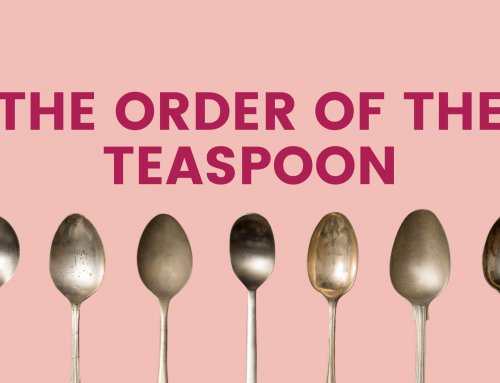
As a society, we’re certainly trying to deal with it with all kinds of government- and celebrity-sponsored educational and fitness programmes, not to mention the $40bn spent every year (just in the US) on diet products and books. However, the overall trends don’t look like they’ll be reversing anytime soon, and are affecting men, women and children of all ages.
The latest figures from The United Nations Food & Agricultural Organisation estimates that there are about 1.5bn overweight people in the world (a fifth of the world population).
How did we get here?
Some while ago, I watched a great documentary called ‘The Men Who Made us Fat‘ by Jacques Peretti, which helped me understand the bigger picture. I recently rewatched it and felt inspired to create the infographic below to summarise the historic drivers of this worrying situation:
So how has this happened and who is to blame?
Well it’s easy to blame the individual, that is you and me, as after all, we’re responsible for what we feed ourselves and our families. If you chose to eat junk food, sodas that come in ‘bucket-sized’ cups and all kinds of refined, easily digestible snacks like chips and crackers, well, we should accept the consequences. You simply need to exert more willpower and do some physical activity to burn off all of those excess calories!
This is the stance the food industry prefers to take.

Or you could feel sorry for the individuals who are just trying to get on with their lives and are bombarded 24/7 with food advertising and marketing campaigns that have been refined and perfected by the best marketing brains in the world. And argue that it’s not their fault that profit-driven food companies have invested billions over the decades to create unhealthy products that contain a strategic mix of fat, salt and cheap sugars to create flavours that don’t exist anywhere in nature, but taste great and cause us to overeat, never feel full, deposit the excess calories as fat and keep coming back for more!
Who have gradually expanded the portion sizes and created ‘super-sized’ drinks that have, no doubt, contributed to ‘super-sized people’.

We could blame the scientists who, back in the 1970s, claimed (incorrectly) that fat was bad.
That single claim caused the government to introduce food guidelines that were low in fat and too high in grains. Denise Minger points this out in her book: ‘Death by Food Pyramid’ in which she reveals that the original recommendation was to eat just two portions of carbs per day, but the government changed this to six to support the farmers!
Whatever you believe, in our fast moving, media-connected world, I feel strongly that we have to take responsibility for our own lives and we need to start by being really clear what we are putting in our mouths and what that food and drink is doing to our body. One key biological question that doesn’t get asked often, but could provide clues to a solution is “What actually affects the storage of fat cells on your body?”
Looking through the research reveals a number of answers to this question with indications that your genetics, your level of physical activity, your sleep patterns and your stress levels all have a role to play. Also, according to the New York Times article: ‘Always Hungry – Here’s Why’, the role of the hormone, insulin, has a dominant role:
‘We know that excess insulin treatment for diabetes causes weight gain, whilst insulin deficiency causes weight loss. We also know that sugar triggers an insulin release, so the more highly refined and rapidly digestible carbohydrates you consume, the more insulin is released in your blood.‘
(You can find out more about role of insulin by downloading the ebook: Sugar: Sickly or Sweet)
And, let’s face it, the American diet isn’t exactly short of sugar and refined carbs, is it? It’s everywhere! It’s been added to processed foods in place of fats since the early 1970s. It’s in crisps/chips, crackers, breakfast cereals, breads – even white rice is highly processed. Let’s also not forget drinks which are often full of sugars. In fact, according to the Professor Susan Jebb of Oxford University, ‘the biggest source of sugar across all age groups is sugar-sweetened beverages’.
So once again, we come back to refined sugar as being a major contributor to weight gain in the western world and, increasingly, the Eastern world as the American diet expands globally.
What can you do as an individual?
Understanding the macro drivers is useful and, with the knowledge we have today, many past decisions would be different. However, we are where we are and the key pragmatic question now is “What can you do to take back control of your life?”
Here are five steps to get you started:
1. Make a commitment to educate yourself in the basics of nutrition, so that you don’t fall for clever advertising messages that try to persuade you that being a good parent means giving your child ‘fingers of fudge’; or ‘a Mars a day helps you work, rest and play’ – when the opposite is usually true. With the right knowledge, you’ll be able to see these ads through the correct filter.
2. Find out how much sugar you’re actually eating in your daily diet by keeping a food diary for five days. I can guarantee that it will be more than you initially think because of all of the hidden sugars in foods. Don’t forget to check out the labels. It’s under “carbohydrates – of which sugars” – look at the “Per 100gm” or “Per 100m” column to find out the percentage, and pull out your calculator!
3. Armed with this insight, you can then find out what your actual relationship with sugar is by taking our short quiz, and then finally, you can create an action plan to reduce the amount of refined carbs and sugars in your diet for good.
4. Challenge the common belief that all calories are the same. If that were true, there would be no bad foods and sugary drinks and junk food would be fine in moderation. But if you stop and think for a moment, you will realise that 100 calories of cabbage can never be treated the same in your body as 100 calories of Coca Cola.
5. Focus on diet quality rather than calorie counting. In other words, if you reduce the consumption of refined sugars and incorporate a few other sensible lifestyle choices, you’ll be amazed at how your body will start to respond and your weight will gradually reduce, and your long-term health prospects will pick up.
6. Get support by working with an independent health coach who can guide you and support you to make the small changes that will have the biggest impact. Positive change really is about making a series of small changes to your overall daily habits that gradually build over time. It does not require a ‘cold turkey’ approach, but more a gradual process that will take your body with you. You can check-out the Raw Energy coaching packages to see if we can help you make positive change in your life.










